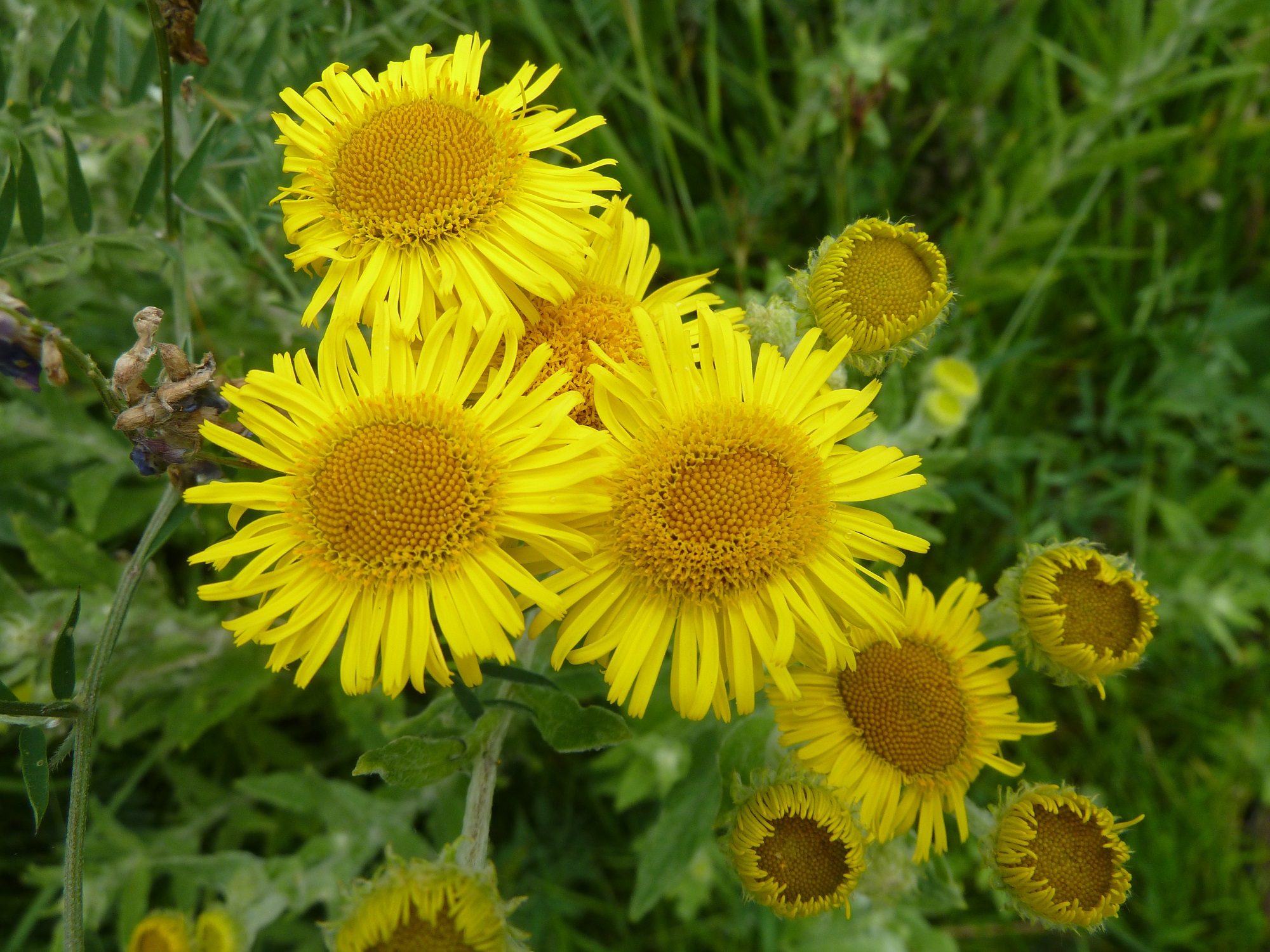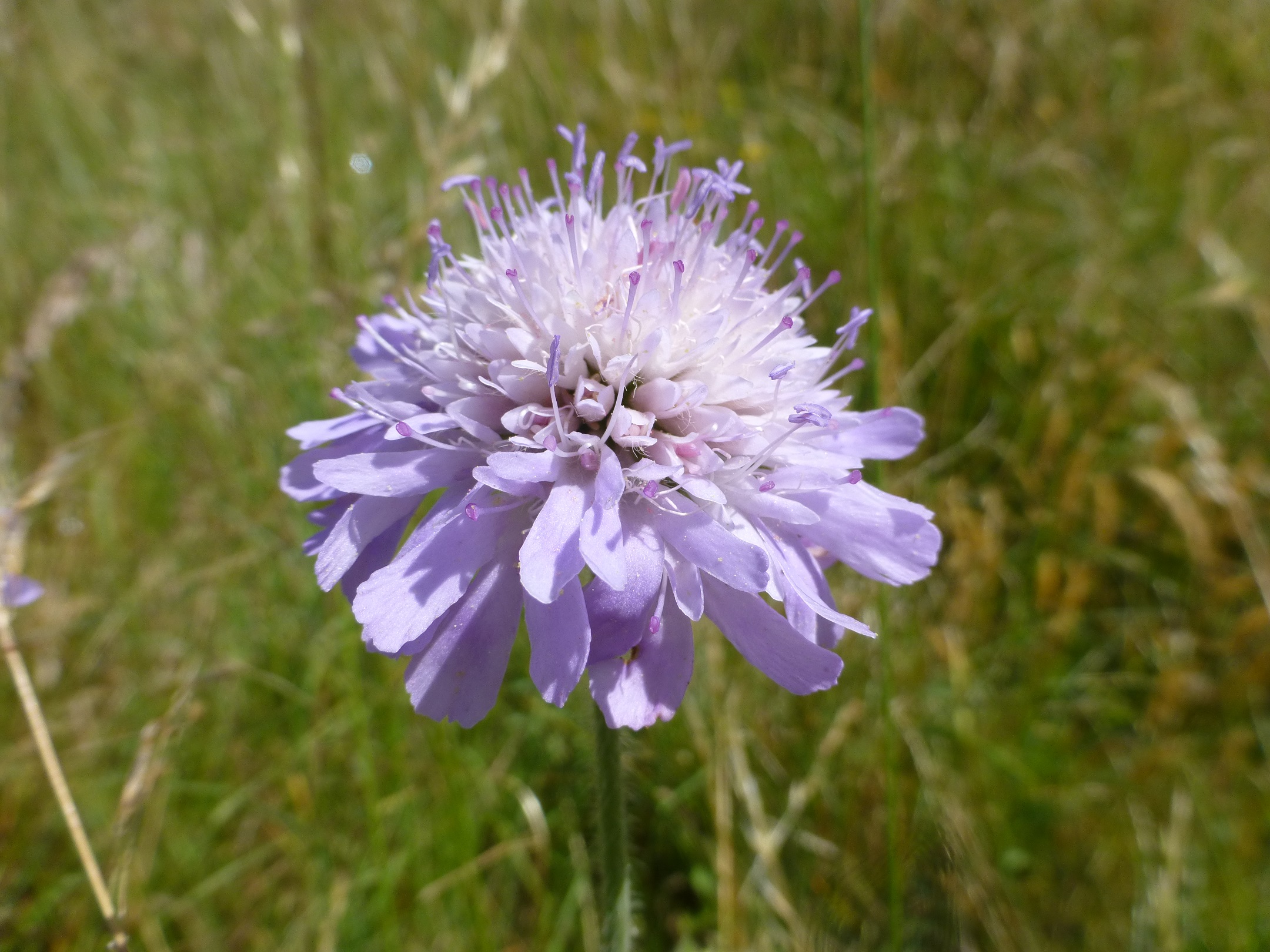Spring is here. The pubs and restaurants are shut for humans but you can organise a butterfly banquet if you get your garden ready now.
To attract butterflies to breed in your garden, you need to grow the plants that the caterpillars feed on. These are native plants and you can read about the plants needed in our gardening for butterflies leaflet here:
https://butterflyconservation.ie/wp/wp-content/uploads/2017/12/BCI-Garden-leaflet.pdf
The theme of this post is to advise on a set-piece planting arrangement for adult butterflies to provide nectar throughout the season. Nectar is basically the same wherever in the world it comes from, be it China, Australia or Ireland. The adults do not care-nectar is nectar. The caterpillars do need native plants to feed on so natives will be your staple! For adults, though, we can break the natives only rule.
As for the adults, we suggest you think of aspect first. A border planted in front of a south-facing hedge or wall will be ideal-butterflies rarely feed on shaded flowers. Your taller planting should be at the back of the border, graduating to the lower-growing plants at the front.
We suggest two buddleia species for the back of the border; Buddleia davidii and Buddleia globosa. The first, Buddleia davidii has long spikes of purple-pink flowers packed with nectar. Native to China, it is a terrific draw when it blooms from late July when it can be packed with butterflies. It can grow to 5 metres but can be pruned severely to control it. Buddleia globosa, native to Chile contains balls of orange flowers. I have seen this plant flower in June and September; if you can, get one that blooms in September when many more butterflies visit gardens. Again, this plant can be easily pruned.
In front of the buddleias, hebes can be planted. These can reach a metre in height, depending on species. I like Hebe veronica, a purple-flowering fleshy-leaved evergreen that reaches about a metre and a half. Again, butterflies are obsessed with its nectar. This plant is vulnerable to extreme frosts but the plant is easily propagated from softwood cuttings inserted in a jar of water placed on a window board out of the direct sun.
Another great plant for your border is the lavender native to the Mediterranean region (southern France, Italy, Croatia), Lavandula angustifolia. This aromatic shrub reaches about 1-2 metres. Its purple blooms are beloved by bees, Small Tortoiseshell and Small and Large Whites especially. It needs dry soil-it will not do well in heavy, wet soils.
A tall native flower that can be planted among the hebe and lavender is Hemp Agrimony, eupatorium cannabinum. This tall perennial likes wet soil and has frothy pink flower clusters. It attracts just about any butterfly that flies during its flowering time, July-September.
Lower down in the border, and a later-flowering species are Michaelmas daisies-go for a tall variety. Aster amellus, native to the Alps in Italy and elsewhere, can reach 50 cm. This favours drier, calcareous soils. It can flower into October, vital for late Red Admirals and Small Tortoiseshells.
Two flowers whose height makes it a good companion forthe Michaelmas daisy A. amellus are two native perennials, Common Fleabane Pulicaria dysenterica (see photo) and Field Scabious Knautia arvensis. Fleabane likes damper soils and grows up to a metre. Its yellow flowers appear mainly in August and resemble miniature sunflowers. It is irresistible to Small Copper butterflies; gleaming copper on gold is just delightful-get your camera ready!
Field Scabious flowers in July, August and September. It has pale lilac flowers (see photo). This plant must have dry soil. Bees especially love this beautiful flower.
Towards the front of your border, the variety of plants available becomes greater. The native Common Marjoram Origanum vulgare is a must. It enjoys dry soils but it is less fussy in this regard than Field Scabious. It does desire calcareous (limy) soil. Its flowering peak is mid-summer. I have seen it greatly sought after by bees and a range of summer butterflies. This herb can be used to flavour your food-another reason I love it-it is lovely in pasta sauce.
Ice Plant Hylotelephium spectabile (formerly called Sedum spectabile) is a perennial species of flowering plant in the stonecrop family Crassulaceae, native to China and Korea. This reaches about 45 cm and has a broad, flat pink inflorescence. It flowers mainly in September and is comparable with buddleia in attracting the Vanessids, especially the Small Tortoiseshell and Comma. Again it needs dry soils.
Finally, lower-growing plants for the front of the border include Bugle Ajuga reptans (native, flowers June), Aubretia Aubrieta deltoidea, Arabis species and Sweet Rocket Hesperis matronalis (this is invasive, don’t let it escape into the wild). The latter three flowers bloom in spring.
This list is not exhaustive. If you are in your local garden centre and you see a plant greatly favoured by bees and butterflies, buy it. Happy planting!



